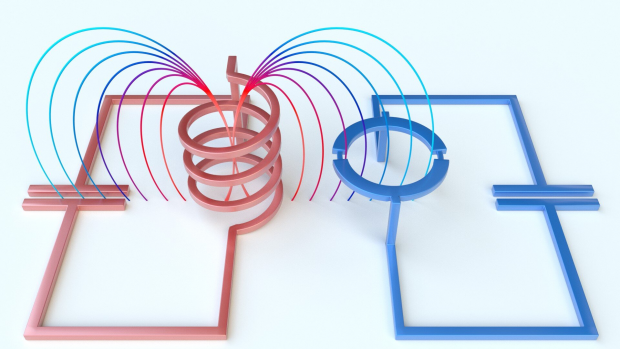
Breaking News
 Charlie's Killer Was MKUltra'd?
Charlie's Killer Was MKUltra'd?
 Doctors are finally admitting that biopsies Spread Cancer…
Doctors are finally admitting that biopsies Spread Cancer…
 We MUST keep talking about this, demand Voter ID. Joe Rogan and Elon Musk on Fraud
We MUST keep talking about this, demand Voter ID. Joe Rogan and Elon Musk on Fraud
 Nick Shirley exposes there are 1,200 medical transport companies in Minnesota.
Nick Shirley exposes there are 1,200 medical transport companies in Minnesota.
Top Tech News
 The First Production All-Solid-State Battery Is Here, And It Promises 5-Minute Charging
The First Production All-Solid-State Battery Is Here, And It Promises 5-Minute Charging
 See inside the tech-topia cities billionaires are betting big on developing...
See inside the tech-topia cities billionaires are betting big on developing...
 Storage doesn't get much cheaper than this
Storage doesn't get much cheaper than this
 Laser weapons go mobile on US Army small vehicles
Laser weapons go mobile on US Army small vehicles
 EngineAI T800: Born to Disrupt! #EngineAI #robotics #newtechnology #newproduct
EngineAI T800: Born to Disrupt! #EngineAI #robotics #newtechnology #newproduct
 This Silicon Anode Breakthrough Could Mark A Turning Point For EV Batteries [Update]
This Silicon Anode Breakthrough Could Mark A Turning Point For EV Batteries [Update]
 Travel gadget promises to dry and iron your clothes – totally hands-free
Travel gadget promises to dry and iron your clothes – totally hands-free
 Perfect Aircrete, Kitchen Ingredients.
Perfect Aircrete, Kitchen Ingredients.
 Futuristic pixel-raising display lets you feel what's onscreen
Futuristic pixel-raising display lets you feel what's onscreen
 Cutting-Edge Facility Generates Pure Water and Hydrogen Fuel from Seawater for Mere Pennies
Cutting-Edge Facility Generates Pure Water and Hydrogen Fuel from Seawater for Mere Pennies
Quantum Heat Pump Made From Particles of Light

Above-An illustration of the device, which consists of two superconducting circuits: a cold high frequency circuit (in blue) and a hot low frequency circuit (in red). Here, the current that flows in the red circuit generates an oscillating magnetic field which leads to the photon-pressure coupling. By sending in a strong signal to the blue high-frequency circuit, this one is transformed into an amplifier capable of detecting radio-frequency photons flowing in the red circuit with much higher sensitivity.
A quantum heat pump
The device, known as a photon pressure circuit, is made from superconducting inductors and capacitors on a silicon chip cooled to only a few millidegrees above absolute zero temperature. While this sounds very cold, for some of photons in the circuit, this temperature is very hot, and they are excited with thermal energy. Using photon pressure, the researchers can couple these excited photons to higher frequency cold photons, which in previous experiments allowed them to cool the hot photons into their quantum ground state.



